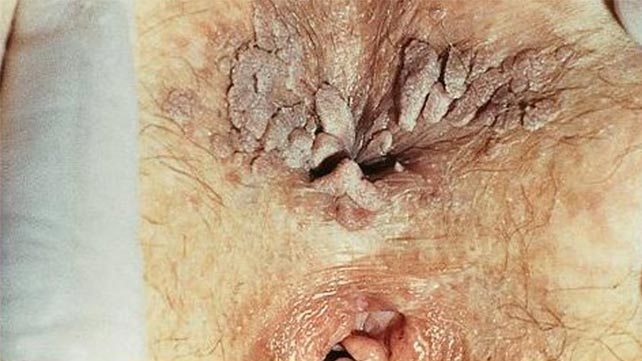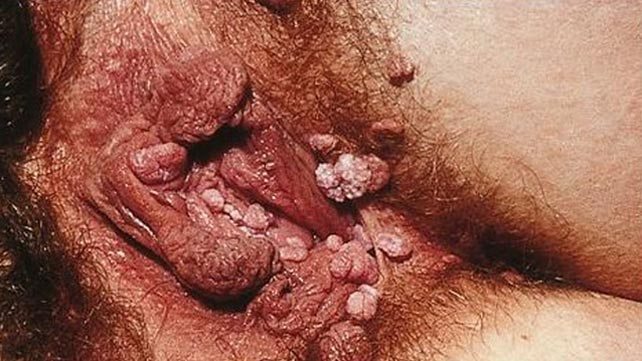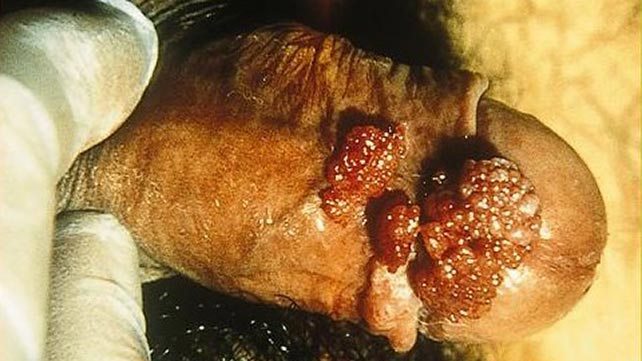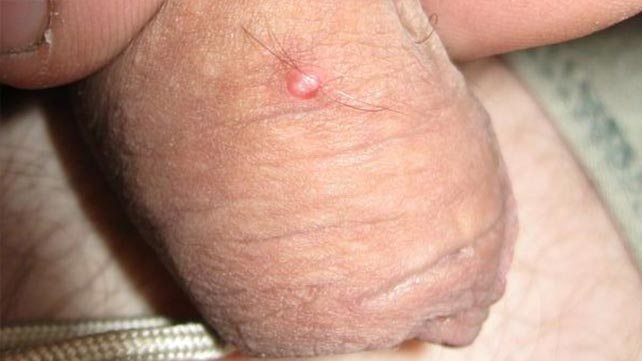خیر. درمان های خانگی کاملا بی اثر بوده و دارو درمانی بعد از بیست سالگی عملا بی اثر است و تنها راه افزایش سایز آلت تناسلی، جراحی افزایش سایز می باشد.
خیر، اين مساله كاملا” طبيعي است و نياز به هيچ اقدامي ندارد. طی فرآیند دفع و با زور زدن مقداري از مایع منی خارج ميشود
با نرمال شدن تعداد دفعات زناشويي اين مساله خود بخود رفع ميشود.
بعد از 20 سالگی تنها راه حل موجود برای افزایش سایز آلت جراحی است. در طی جراحی حدود 2 تا 3 سانتی متر به طول آلت اضافه می شود، همچنین برای افزایش قطر آلت میتوان از روش های نظیر تزریق ژل و چربی به آلت استفاده کرد. روش مناسب برای هر فرد پس از مراجعه به مطب مشخص می شود.
زگیل تناسلی برجستگی گوشتی به رنگ پوست یا تیره تر از پوست در سطح و داخل مجاری تناسلی است که بهترین درمان آن کرایوتراپی زگیل تناسلی برای برداشتن ضایعه و تقویت سیستم ایمنی بدن برای جلوگیری از برگشت ضایعه است.
مهمترین نکته در درمان سنگ کلیه توجه به اندازه سنگ و محل قرارگیری آن در سیستم ادراری است هم چنین با توجه به جنس سنگ میتوان از رژیم غذایی و دارو جهت جلوگیری از ایجاد مجدد سنگ استفاده کرد.بطور کلی درمان اولیه برای سنگهای کوچکتر از ۱۰ میلی متر درمان دارویی،بین ۱ تا ۲ سانت سنگ شکن(برون اندامی یا درون اندامی)و بالای ۲ سانت جراحی است
Genital warts in men are a sexually transmitted infection caused by a virus called the human papillomavirus. This article examines this disease and clear images of genital warts in women and men. We also examine ways of transmission and answers to frequently asked questions.
HPV is the most common sexually transmitted infection (STI). It can cause genital warts in men and women with unprotected sex.
The most common types are 6 and 11, while 35, 33, 31, 18, and 16 are associated with cervical cancer in women. Most infections are asymptomatic and clinically invisible. About 360,000 people get genital warts each year. Protection and treatment are essential to prevent infection.
Genital warts in men and women can be painful, irritating, or itchy. The virus is especially problematic and dangerous for women because it can lead to cervical or vaginal cancer.
Symptoms of genital warts in men
Genital warts are transmitted during sexuality. You may not develop warts until weeks after infection. Warts are not always visible. They can be very small, flesh-colored, or darker than the skin.
In terms of shape, wart tips can resemble cauliflower and feel smooth or rough to the touch. Infected people can have single or clustered warts.
Where the genital warts occur in men
In men, genital warts may occur:
- Penis
- Scrotum
- Groin
- Thighs
- Inside or around the anus
Genital warts in women
In women, genital warts may occur:
- Inside the vagina or the anus
- Around the vagina or the anus
- On the cervix
Warts can also occur on the lips, mouth, tongue, or throat of people who had oral sex with an infected partner. Even if you cannot see genital warts, you may experience:
- Vaginal discharge
- Itching
- Bleeding
- Burning feeling
If warts spread or enlarge, they can cause painful and difficult conditions.
Image of mild genital warts in men
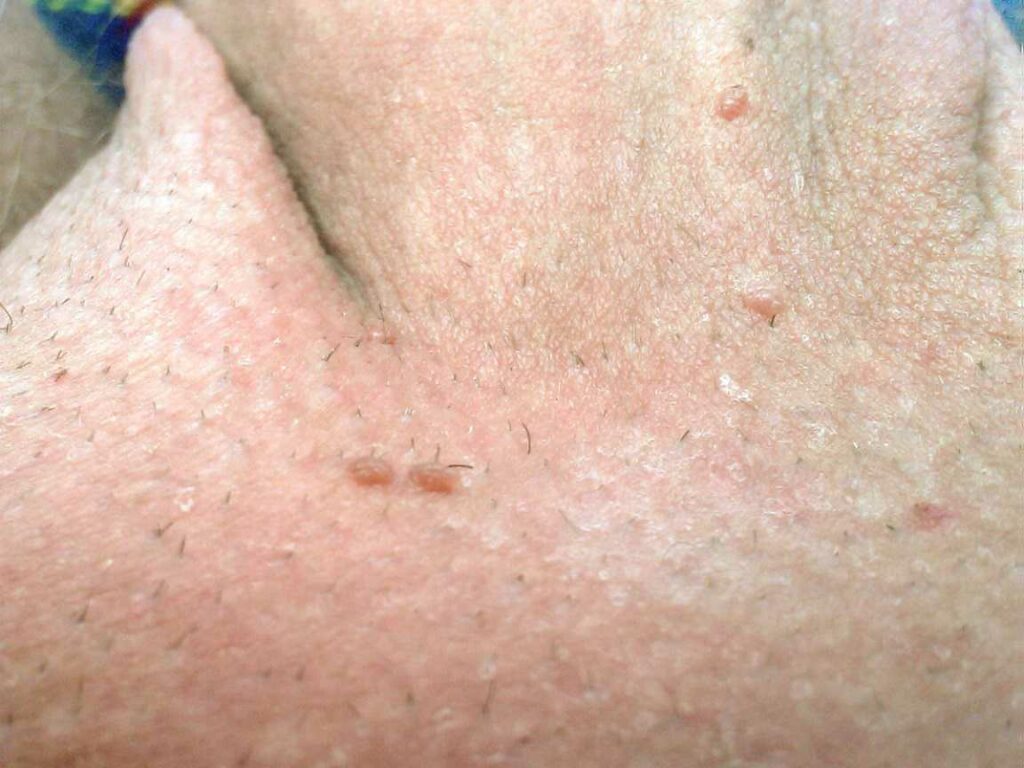
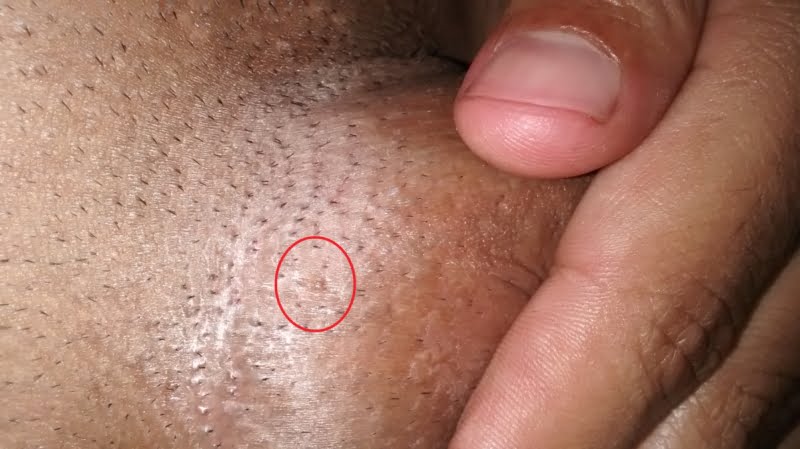
Cancerous wart photo
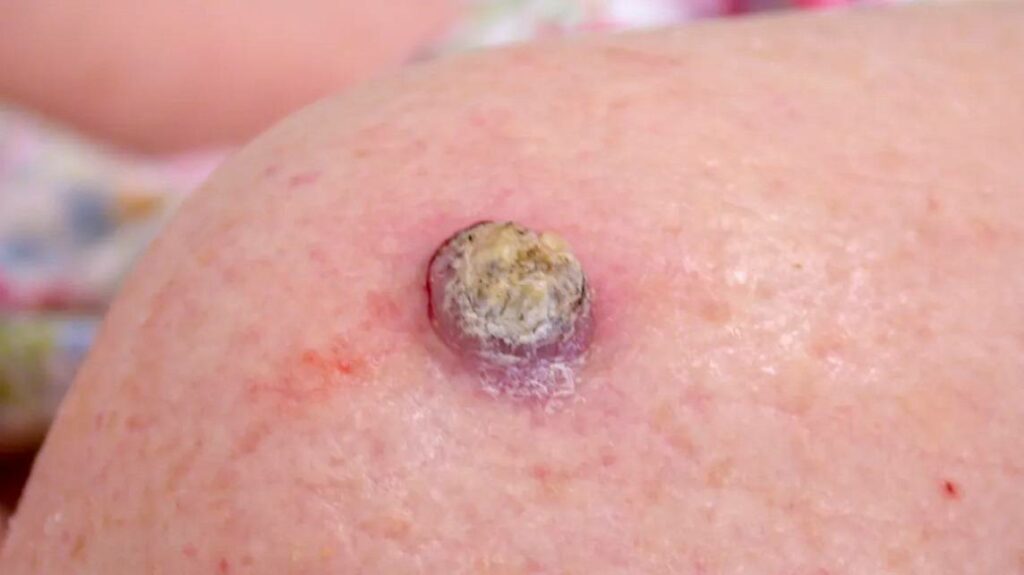
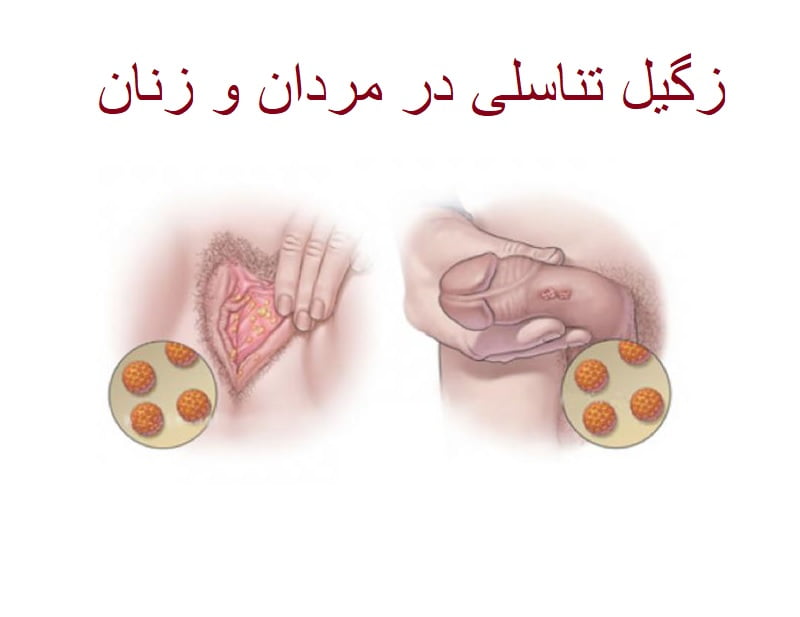
Clear image of genital warts in women
To give readers a more accurate impression of this disease, here is an image of genital warts in women’s vaginal area. These are real pictures.
Clear image of genital warts in men
To give readers a more accurate impression, here is an image of genital warts on men’s penis. These are real pictures.
Image of skin diseases of the male genital system
Molluscum contagiosum
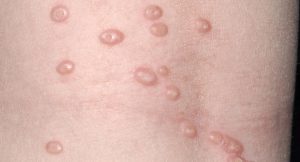
Psoriasis

Condyloma lata

Lichen planus

Epidermoid cyst
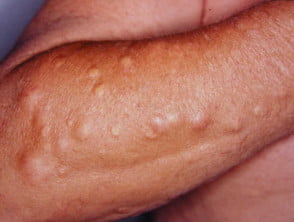
Fordyce spots
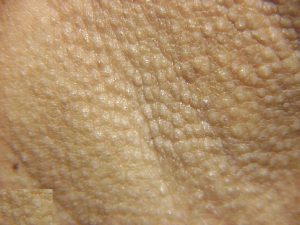
Skin tags

Angiokeratoma
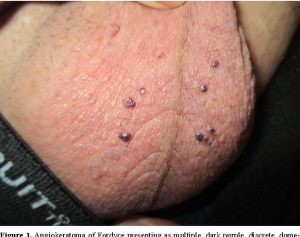
Genital warts in an unmarried girl
Sexually active individuals, whether married or unmarried, are at risk of genital warts. Unmarried and sexually active girls should receive the HPV vaccine (Gardasil) before age 26. Genital warts in an unmarried girl may occur in the vagina, anus, and cervix.
Genital warts in boys
Boys can get infected with genital warts through sexual contact with an infected person. Symptoms may be overt or asymptomatic, so the person is unaware of the virus.
Men transmit via vaginal sex, anal sex, and oral sex. Genital warts develop in unmarried men when the body cannot suppress HPV.
The chance of contracting warts is much higher if the infected person has visible clinical symptoms versus no symptoms. In boys, genital warts can occur on the penis, scrotum, groin and anus.
Types of genital warts
Genital warts are caused by a virus called HPV or human papillomavirus. The papillomavirus group is from the Papillomavirida family and has a central DNA core. These viruses also cause disease in other organisms. The characteristics of over 111 human types have been identified. Of these 111 types, 40 are pathogenic, and over 15 have malignant effects.
Some viruses are oncogenic and carcinogenic (HPV16 and HPV18), while others only cause warts, which are visible lesions (HPV1 and HPV2). Still, other types are not as infamous for even causing warts (HPV4, HPV15, and HPV63).
Notably, warts are tumorigenic viruses. The prolonged presence of some high-risk types in the mucosa of the genital tract and any other mucosa makes them factors in the incidence of urinary-genital cancers, especially cervical and some respiratory cancers. Below is a summary of some of these viruses and the diseases they cause:
- HPV1, HPV2 and HPV4: Common warts
- HPV6 and HPV11: Condyloma acuminata, low-risk warts and respiratory papillomas
- HPV16 and HPV18: High-risk for warts and cervical cancer
Causes of genital warts in men and women
Most people who develop genital warts are infected with the human papillomavirus. There are over 70 types of papillomavirus that affect the genital area. Papillomavirus is highly contagious through skin contact and a sexually transmitted infection.
Different papillomavirus strains cause genital warts than warts in other areas like the hands. The virus cannot spread from other body areas to the genital region or vice versa.
Ways genital warts are transmitted
You can get genital warts through:
- Skin-to-skin contact with an infected person, including anal and vaginal intercourse
- Sharing sex toys
- Oral sex
- The virus can also be passed from mother to newborn during childbirth, but this is rare.
Treatment of genital warts
If visible warts do not disappear over time, surgery may be required to remove them. Your doctor can remove warts:
- Burning with electric current
- Laser therapy
- Cutting off the warts
- Interferon injections
- Cryotherapy
Women who get genital warts need a pap smear every 3-6 months after initial treatment to catch any cervical changes early. This is because some papillomavirus types can cause cervical cancer or precancerous changes.
Is laser or cryotherapy better for genital warts?
In this video, Dr. Nategh discusses cryotherapy for genital warts:
Ointments for genital warts
If genital warts are small, they may resolve with topical wart creams. Here are some ointments prescribed for genital warts:
✅ Imiquimod (Aldara, Zyclara)
Using this cream boosts your body’s ability to fight genital warts. Avoid sex when the cream is on your skin, as it may weaken condoms or irritate your partner’s skin. Side effects include redness, blistering, itching, body aches, coughs, rashes, and fatigue.
✅ Podophyllin and podofilox (Condylox)
Podophyllin is a plant-based solution that destroys genital wart tissue. Doctors must apply it. Podofilox contains a similar active ingredient that you can use at home.
Never use these drugs to treat internal genital warts. They cannot be used during pregnancy. Skin irritation, burning, and pain are potential side effects.
✅Trichloroacetic acid (TCA)
TCA burns off warts. It can also treat internal warts. Side effects are mild skin irritation, burning, and pain.
✅ Sinecatechins
This topical ointment treats internal, external, and anal warts. Side effects are often mild, including redness, itching, burning, and pain.
Home remedies for genital warts
It would be best not to use over-the-counter wart removers for hands on genitalia. Different HPV strains cause them. Incorrect treatment can worsen things.
Some home remedies help genital warts, but insufficient evidence supports them. Always consult your doctor before home treatment. Here are some suggested home remedies:

# Definitive genital wart treatment with apple cider vinegar
Wash the affected area with vinegar daily for 2-3 weeks. Note that this method of definitive treatment is quite painful. You can also use crushed black seeds and vinegar to remove genital warts.
# Removing genital warts using castor oil
Castor oil is an herbal, anti-genital wart remedy. To remove its odor, mix it with mint and apply it to the affected area 3 times daily.
Note: This method is prohibited for children.
Complications of genital warts in women
- Cancer: HPV is the main cause of cervical cancer. It can also lead to precancerous changes and cervical dysplasia. Other HPV types may cause other cancers like vaginal, vulvar, penile, and anal cancer.
- Genital warts and pregnancy: Genital warts can cause major problems during pregnancy. They may enlarge and make urinating difficult. Warts in the vaginal wall can weaken tissue integrity during delivery. Large vaginal warts may be torn and bleeding during delivery.
Pregnant women with genital warts are advised to avoid vaginal delivery as there is a risk of transmitting them from mother to newborn.
Diagnosing genital warts
The specialist will examine all suspicious areas since warts may occur in hidden sites. They may also use a diluted acid solution to make warts more visible.

Women usually get a pap smear, taking a sample from the vaginal area. This can be tested for HPV and specific virus strains. Some HPV types can cause pap smear changes known as precancerous. More testing may be needed for an accurate diagnosis if abnormal changes are seen.
A genital wart blood test, including HPV DNA testing, precisely identifies the virus strains present.
How long does the genital wart virus survive?
Visible genital warts disappear over time. Once in the bloodstream, the virus does not go away, meaning you can get outbreaks multiple times. This makes managing symptoms important to avoid infection transmission. Genital warts can still be contagious even without visible warts or symptoms.
Preventing genital warts
Gardasil protects against common HPV strains. It is recommended if your partner has genital warts. The schedule is three doses over six months (first shot, second dose 1-2 months after the first, and third dose six months after the first).
The Cervarix vaccine prevents cervical cancer but not genital warts.
Both males and females can receive the HPV vaccine up to age 26. It can also be given as early as age 9 in three doses. Ideal administration is before sexual debut for maximum efficacy. Condom use also greatly reduces HPV infection risk during sex.
HPV is very hardy and resistant to disinfectants, so transmission from contaminated objects is possible. Exposure does not necessarily mean you will get infected.
This virus is resistant to heat and dryness and may survive on items like clothing.
There is no definite answer. Virus survival depends on the strain, environmental conditions, and surface type.
The human papillomavirus, the cause of genital warts, is susceptible to various disinfectants, including 90% ethanol after 1 minute of contact, 2% glutaraldehyde, 3% savlon or cetrimide, and 30% chlorhexidine gluconate, or 1% sodium hypochlorite.
This virus is highly infectious and transmitted through close contact, such as sexual intercourse. It is estimated that most sexually active people get infected at some point. HPV infection usually causes no symptoms. The infection often goes away independently and does not cause long-term issues.
This virus is transmitted through skin-to-skin contact even if you do not see any warts on the person. Remember that even if the infected person has no symptoms, they can transmit the virus. Since the virus can survive up to 24 hours in a moist environment, transmission through toilet seats, wet towels, and shared underwear is possible.
- Can hand sanitizer kill the genital wart virus?
Chemical disinfectants and hand sanitizers are commonly used in public places to prevent infectious diseases. They are effective against colds and influenza, but data shows they do nothing to prevent the human papillomavirus (the cause of genital warts).
Warts occur when the virus comes into contact with and infects your skin. Warts most often occur in skin breaks and cuts because this is where the virus can enter the outer layer of the skin.
Research shows that high concentrations of hydrogen peroxide exposed to sound inactivate HPV. We now know that using an Antigermix device effectively inactivates HPV 16 and HPV 18.
Soap and water do not kill this virus. However, washing hands or showering right after sexual intercourse is still recommended and may wash virus particles off the skin surface.
There is a risk of transmitting human papillomavirus from an ultrasound probe. The ultrasound probe should be properly disinfected after each use.
Developing warts or contracting another type of human papillomavirus infection does not necessarily mean your spouse has had sex with someone else.
Research confirms that a healthy immune system can clear the human papillomavirus within 12 to 24 months after exposure, so you may have been infected long ago. There is also the possibility of a new infection through a recent sexual encounter.
تحقیقات تایید میکنند که سیستم ایمنی سالم ظرف 12 تا 24 ماه پس از انتقال ویروس پاپیلومای انسانی، میتواند این ویروس را برطرف کند بنابراین ممکن است مدتها قبل به این ویروس الوده شده باشد. از طرفی امکان انتقال این ویروس از طریق یک رابطه جنسی جدید نیز وجود دارد.
Research shows that immunity against HPV is poor, and you may get reinfected with the same HPV type as you had before. In some cases, some people may not get reinfected with the same virus type, but reinfection occurs in some cases.
Genital warts usually appear as small fleshy growths or bumps in the genital area around the penis, scrotum, or around or under the anus. Warts may be small or large, raised or flat, round or cauliflower-shaped. The wart may go away on its own or grow larger in size or number.
This virus is transmitted through skin-to-skin contact, not bodily fluids. Sharing drinking glasses or other items containing saliva will not cause infection with the human papillomavirus.
Men and women get HPV through vaginal, anal, or oral sex with an infected partner. Most HPV patients infect their sexual partners without realizing it.
The human papillomavirus may remain in your body for weeks, months, years, or even your whole life without you realizing it. This is because HPV does not always cause genital warts. Instead, only sometimes HPV causes warts, lesions, or abnormalities in the cervix.

